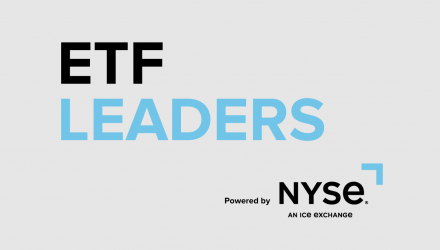In April, U.S. Bank was a year out from having converted its first mutual fund into an exchange traded fund. From what senior vice president Michael Barolsky has seen, “the interest from advisors” in converting mutual funds into ETFs “is only accelerating.”
“Just these past few months, we’ve already converted five additional mutual funds into ETFs, and we’ve seen interest from a wide variety of advisors for a variety of reasons,” Barolsky told NYSE’s Judy Shaw for “ETF Leaders, Powered by the New York Stock Exchange” at Exchange: An ETF Experience 2022.
These conversions aren’t just being made for typical equity funds. In March, U.S. Bank was “doing conversions for long-short strategies and options-based funds,” according to Barolsky. “So, it’s really covering a really wide gamut of reasons for advisors wanting to do these conversions.”
Advisors are seeking these conversions because they want the tax efficiency that ETFs provide, they want the lower costs, and they want “the distribution opportunities available to ETFs that they’re not finding in the mutual fund space.”
Barolsky added that U.S. Bank had “several more of these [conversions] planned with [its] clients later this year, so there’s going to be a lot more of this to come.”
Using the Multiple Series Trust
Barolsky has seen a growing trend of advisors of all shapes and sizes using a multiple series trust structure to enter the ETF market, since the structure is “designed to lower barriers to entry.”
With an MST, a new issuer can “bring a product to market while already surrounded by professionals that know the ETF space,” he said. This includes “all of that infrastructure that’s really hard to build and really expensive to acquire if you’re new to the industry,” such as an established board of directors, service providers, and legal counsel.
“Plenty of Room Left for Innovation”
Despite so many ETF assets being tied up in the top issuers, U.S. Bank continues to see “a constant flow of new advisors coming into the space,” according to Barolsky. There’s also a great deal of innovation in the ETF market, most of which is coming from new entrants.
This innovation is “coming from startup advisors or smaller advisors, whether you’re looking at developments in cryptocurrencies, or ESG strategies, or options-based funds,” Barolsky said. “There are a wide variety of new trends out there that all originated with smaller advisors. So, there’s plenty of room left for innovation here, and we’re going to continue to see it from new entrants into the space.”
For more news, information, and strategy, visit VettaFi.
